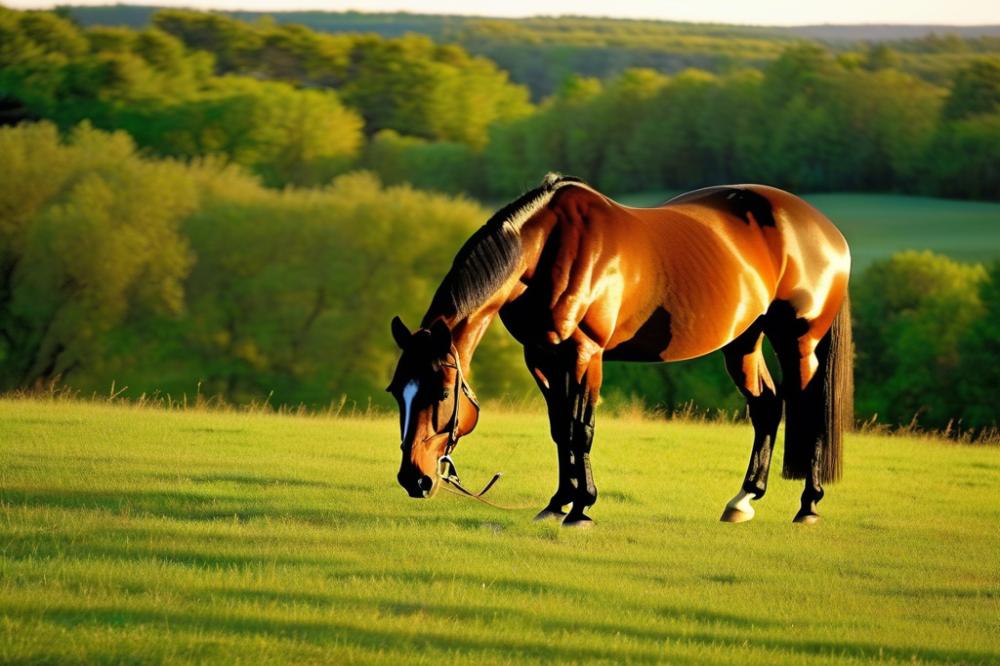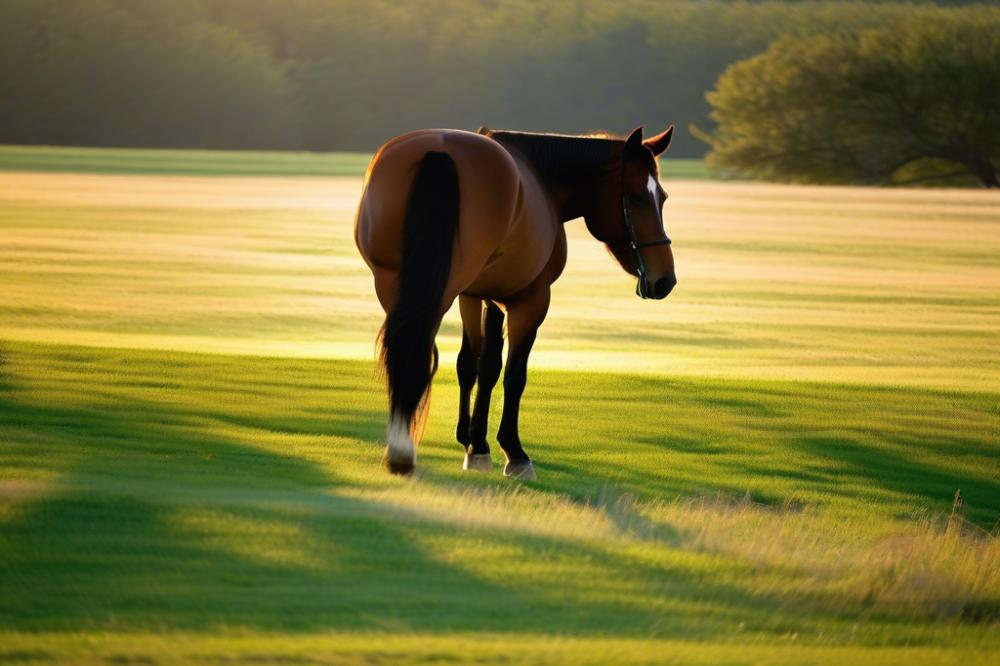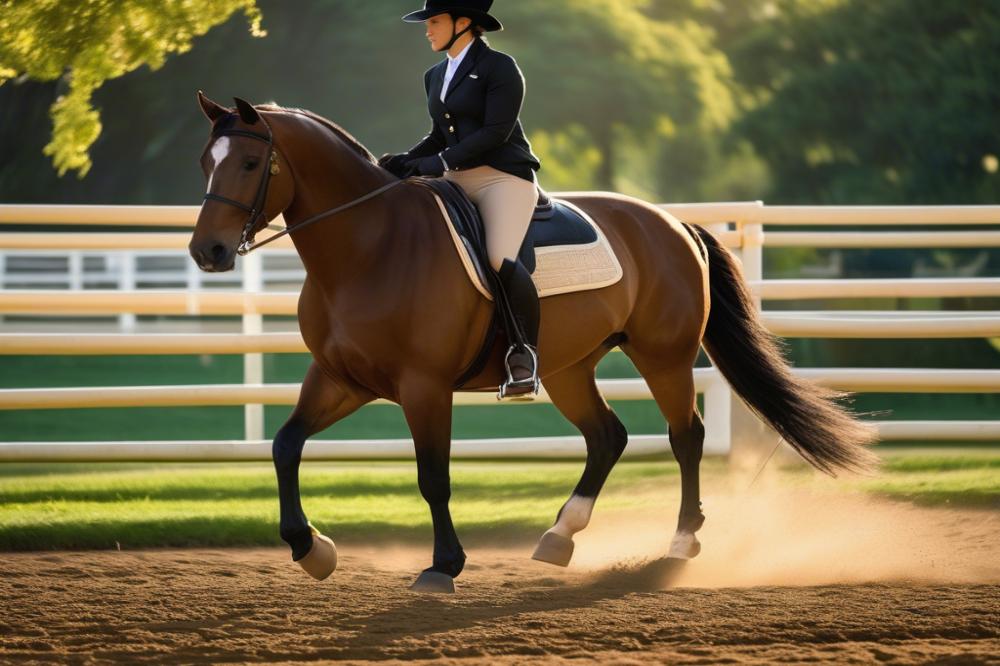The Best Techniques for Riding a Calm Quarter Horse
Riding a horse is both an art and a science. The methods one employs can greatly influence the riding experience. This is especially true for those engaging with Quarter Horses, known for their gentle demeanor and versatile abilities. Mastering specific techniques can lead to a harmonious connection between rider and horse.
Quarter Horses are often celebrated for their calm temperament. These animals are typically patient and eager to please, making them wonderful companions for both novice and experienced riders. Their steady nature allows riders to feel secure, fostering confidence during riding sessions. This breed’s remarkable behavior is often a result of years of selective breeding and training, which has prioritized calmness and reliability.
In this article, we will delve into effective methods for riding a calm Quarter Horse. You’ll discover practical tips aimed at enhancing your riding skills. Furthermore, we will discuss how to cultivate a strong bond with these magnificent creatures. Whether you are a beginner looking to learn or a seasoned rider seeking to refine your approach, these calm Quarter Horse tips will provide valuable insights. With time and care, mastering these techniques can transform your equestrian adventures.
Understanding Quarter Horse Behavior

Quarter Horses are known for their calm demeanor and versatility. Many riders appreciate these horses for their gentle nature. They often respond well to training and build strong bonds with their human companions. A few traits define them, including a balanced physique and a kind disposition. Their strong sense of herd dynamics influences how they interact with both humans and other horses.
Understanding horse psychology is crucial for successful training. Horses are prey animals, which means they are highly aware of their environment. This awareness often leads to cautious behavior in unfamiliar situations. Knowing this helps trainers adapt their techniques. A horse’s mood can change quickly based on surroundings or human actions. Riders must be mindful of this to gain trust.
Effective communication relies heavily on understanding behavior. Reading body language is essential for any rider. Ears pinned back indicate fear or irritation, while relaxed ears suggest comfort. Pay attention to tail movements, too; a swishing tail can signal annoyance. Creating a safe space encourages positive interactions. Consistent and clear signals foster better responses from a Quarter Horse.
Building a relationship based on trust creates a calmer riding experience. These horses often respond better to gentle cues than to forceful commands. Riders should always strive to speak the horse’s language. This means being patient and observant. Connecting with a Quarter Horse involves more than just physical riding techniques; it’s about emotional understanding as well.
Essential Groundwork Techniques

Groundwork is a crucial part of training a Quarter Horse. This practice lays a strong foundation for successful riding. Before mounting, spending time on the ground can help build a bond with your horse. Establishing trust and respect during this phase sets the stage for effective communication later.
One effective technique is leading. When working with your horse, stroke their neck gently to create a calm atmosphere. Practice walking in circles and changing directions. This teaches them to pay attention to you and respond to your cues. It’s essential to be patient; rushing this process can lead to misunderstandings.
Round pen work is another important aspect. This technique helps develop a horse’s responsiveness to your body language. By encouraging them to move around you in a circle, you reinforce the idea that you are the leader. Use varied speeds and direction changes to keep your horse engaged. This variety helps them learn to listen and adapt quickly.
Especially significant is the concept of heart and mind connection. When groundwork focuses on the horse’s needs, it creates a safer riding experience. Paying close attention to their body language enhances understanding. Horses communicate their feelings through subtle signs, which can be vital for their behavioral responses.
Learning to yield is also crucial. Teaching your horse to move away from pressure is a key lesson. This can be achieved by applying gentle pressure with the lead rope or your body. As your horse begins to understand this cue, they will become more attuned to your commands while riding.
Moreover, desensitization techniques can help. Exposing your horse to various stimuli will make them less reactive while under saddle. Introduce new objects slowly, allowing them to explore without fear. This gradual exposure will build confidence in both of you.
Integrating these groundwork techniques is essential for setting the right tone before riding. Each method contributes to the horse’s sense of security and willingness to cooperate. The effects of this groundwork resonate deeply in their behavior and responses once you are in the saddle.
Riding Posture and Balanced Seat

Good riding posture plays a vital role in horseback riding. Without proper posture, a rider may disrupt a horse’s movements. Balance is key for both horse and rider. When a rider sits correctly, it allows for smoother communication between the two.
A balanced seat leads to a calmer ride. When a rider maintains balance, it decreases the chances of sudden movements. Horses, especially Quarter Horses, respond better when they feel secure. The essential connection between horse and rider strengthens. This mutual understanding keeps the ride tranquil and enjoyable.
Riders can achieve a balanced seat through practice and awareness. First, it is crucial to sit deep in the saddle. A strong core helps maintain an upright posture. Keeping legs relaxed and hanging down naturally aids stability. Aligning the shoulders with the hips and heels further promotes balance. Regularly checking one’s posture during the ride can prevent slouching or stiffness.
Also, be mindful of grip. A soft grip on the reins allows for natural relaxation. Tension in the hands can travel down to the horse, creating stress. Breathing deeply can help settle nerves, both for rider and horse. Focus on being calm, which will reflect onto the horse.
Moreover, practicing riding without stirrups can enhance a rider’s balance. This technique forces the rider to engage their legs and core more effectively. It also encourages awareness of body position while moving at various gaits. Ultimately, developing a good seat takes time and commitment. Regular practice leads to improved confidence and control while riding.
Relaxation Techniques for Horse and Rider
Riding a calm Quarter Horse requires both the rider and horse to feel relaxed. Riders can foster a sense of calm through various relaxation techniques. Start with the basics: sitting still and maintaining a good posture can make a difference. Stability helps both the rider and the horse feel more secure. Softening your grip on the reins allows the horse to respond better without feeling pressured.
Techniques for the Rider
One effective technique involves the rider’s breath. Deep, rhythmic breathing can positively impact your stress levels. Inhale deeply through your nose, holding for a moment before exhaling slowly through your mouth. Repeating this several times promotes tranquility. It can also help clear your mind, especially before or during a ride.
Awareness plays a key role in relaxation. A rider should pay attention to their body and emotions. Recognizing tension, whether in your shoulders or legs, is an crucial step. A quick adjustment, like shaking out your arms or wiggling your toes, can release that tension. Staying present in the moment makes a big difference.
Relaxing the Horse While Riding
Calming techniques also apply to the horse. Horses pick up on their rider’s mood. If you are calm, chances are your horse will feel it too. A gentle pat or low voice can help soothe the animal. Establishing a consistent rhythm with your hands and legs can further create a sense of security for your Quarter Horse.
Maintaining a light contact on the reins encourages trust. If the horse feels cramped or restricted, they may react negatively. Rather than pulling or tugging, try to communicate clearly. Slow, purposeful movements help demonstrate relaxed energy. Gradually transitioning into different paces allows both horse and rider to adjust comfortably.
The Role of Breathing and Awareness
Breathing deeply isn’t just beneficial for the rider. Horses also respond well to a calm breathing pattern. Synchronizing your breath with the horse’s movements can create harmony. If you feel anxious, try to focus on your breaths and their rhythm.
Awareness of surroundings can also influence how relaxed both horse and rider are. A quiet environment helps, but distractions can also arise unexpectedly. Being alert and prepared allows you to handle surprises without escalating tension. Reacting calmly to sudden sounds or movements assures your horse that everything is okay.
Effective Communication with Your Horse
Riding a calm Quarter Horse hinges on effective communication. Riders must use clear cues and signals. This ensures the horse understands what is being asked. Subtle movements and gentle tones create harmony between horse and rider.
Key Communication Techniques
Body language plays a significant role in riding. Leaning forward can signal a request to move forward. On the other hand, sitting back often indicates a desire to slow down. Using your legs also adds to this communication; squeezing them tells the horse to go, while relaxing them may indicate a halt.
Voice commands are another useful tool. A soft “walk on” can motivate a calm Quarter Horse to transition into a slow walk. Conversely, a firm “whoa” effectively tells the horse to stop. Tone is vital here; a soothing voice can encourage cooperation, while a loud tone might startle the horse.
Importance of Clear Cues
Clarity in communication cannot be overstated. Horses thrive when they know what is expected. Confusing cues can lead to anxiety for the horse. When signals are distinct, the horse becomes more responsive.
Consistency also plays a critical role in this dynamic. If a rider signals with their leg one day but not the next, the horse may become confused. Regularly using the same cues fosters understanding. This creates trust over time.
Exercises for Practice
Ground work is an excellent place to begin. Leading your horse in different patterns helps establish communication. For example, practice turning left and right while leading. This exercise teaches the horse to respond to your position and cues.
In the saddle, riders can try transitions between gaits. Start with a walk, then shift to a trot using leg pressure and voice commands. Each transition urges the horse to listen without hesitation. This builds a stronger bond and improves responsiveness.
Backing up your horse is another useful exercise. Use gentle pressure on the reins and a light squeeze with your legs. This will reinforce the idea of moving backward on cue. Practicing these basics on the ground and in the saddle strengthens your communication skills.
Confidence Building for Rider and Horse
Riding a calm Quarter Horse requires a strong bond of trust and confidence between horse and rider. Confidence is vital for both parties. When a rider feels secure, their horse is more likely to respond positively. Nervousness or fear can create tension, making it difficult to enjoy the experience. Building confidence is essential for a successful partnership.
Techniques to Build Confidence
To develop confidence, start with familiar environments. Riding in a safe place helps both horse and rider relax. Gradually introduce new areas as comfort grows. Break down challenging activities into smaller tasks. This can create a sense of achievement. Celebrate these small victories to boost morale. Regular practice also instills a sense of security.
Groundwork is another effective technique. Spending time on the ground with a horse can strengthen your relationship. Simple exercises build trust. Leading, lunging, and ground-driving activities are excellent ways to enhance communication. They can also calm any anxious feelings before riding.
Strategies for Overcoming Fear and Anxiety
Identifying specific fears is the first step in overcoming them. For some riders, it might be a fear of falling. Others may worry about the horse’s behavior. Addressing these concerns directly is crucial. Seeking guidance from a knowledgeable instructor can provide reassurance. They can offer support while you practice new skills at your own pace.
Visualization techniques can also help. Imagine a pleasant ride before stepping into the saddle. Envision the sights and sounds of a calm trail ride. Mentally preparing for the experience can ease anxiety. Breathing exercises calm the mind, too. Practice deep, steady breaths while on the horse. This technique can help establish a sense of calm when fear arises.
Lastly, remember the importance of patience. Building confidence takes time for both horse and rider. Progress may be slow, but each step forward counts. Encouraging words or gentle praise can make a significant difference. With dedication, confidence will grow, leading to a more enjoyable riding experience.
Final Thoughts on Riding a Calm Quarter Horse
Riding a calm Quarter Horse can be an enjoyable experience, especially when you apply the techniques discussed in this article. Key points to remember include the importance of developing good communication with your horse, maintaining a balanced riding posture, and staying patient throughout your sessions. Every aspect of your approach shapes the overall outcome of your ride.
Practicing the art of horse training empowers you to build trust and understanding with your equine partner. Establishing this bond is essential for a safe and rewarding experience in the saddle. Consistent attention to your techniques will lead to more successful outings. This not only benefits you but also enhances your horse’s confidence over time.
Readers are encouraged to take these suggestions to heart and refine their skills. Regular practice is crucial as it leads to improvement. Observing how your horse responds can provide invaluable insights as well. Find joy in the journey of learning; every moment spent riding is a chance to grow both as a rider and as a team. In the end, each ride can be a step toward deeper understanding between you and your calm Quarter Horse.



